Swimming is not a mere activity that keeps you healthy but a passion of many people who love to relax in the calmness of water with the help of swimming.
Many people install pools in their houses so they are not restricted to using them at certain hours of the day.
But to ensure the pool is installed properly, they should know certain things like above-ground pool leveling hacks, the importance of leveling, etc.
If you want to install a pool in your house but do not know how to check the ground level, then worry not, as here is a concise guide to assist you.
Importance of Leveling the Ground
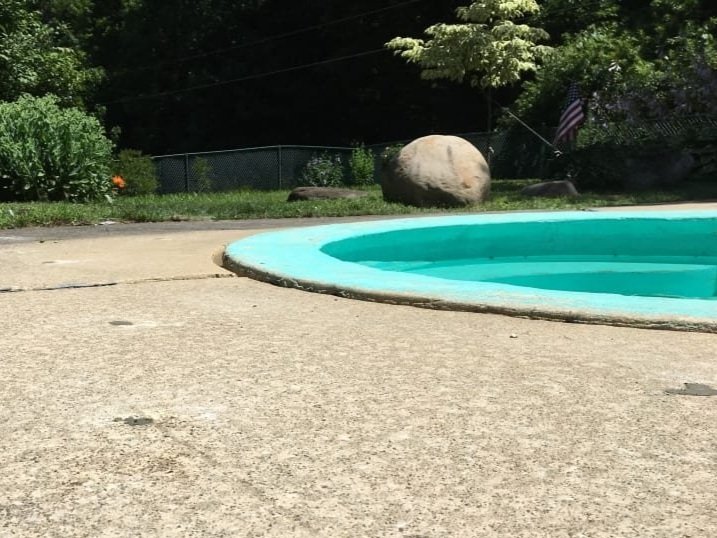
Before moving on to checking whether the ground is leveled or not, it is first important to know why it is necessary to level the ground for the swimming pool.
- Reduces the risks of accidents: Leveling is important to minimize any risks due to the structure’s instability. It also ensures that a consistent depth is maintained so no accidents can occur due to the difference in water level in the pool.
- Maintains the aesthetic beauty of the pool: If the pool is uniform and stable, its aesthetic appeal will not be affected, and it will look attractive and organized.
- Longevity of the pool: If the pool is made on a level surface, its structural integrity will be maintained; thus, the pool will serve you longer without needing frequent maintenance or repair.
- Proper cleaning of pool: Due to the uneven surfaces, not only will the structural integrity be compromised, but it won’t be convenient to clean the pool.
How Do You Tell if The Ground is Level?
You should follow the steps mentioned below to confirm if your ground is level to make the swimming pool.
Step 1: Gather the Instruments Required
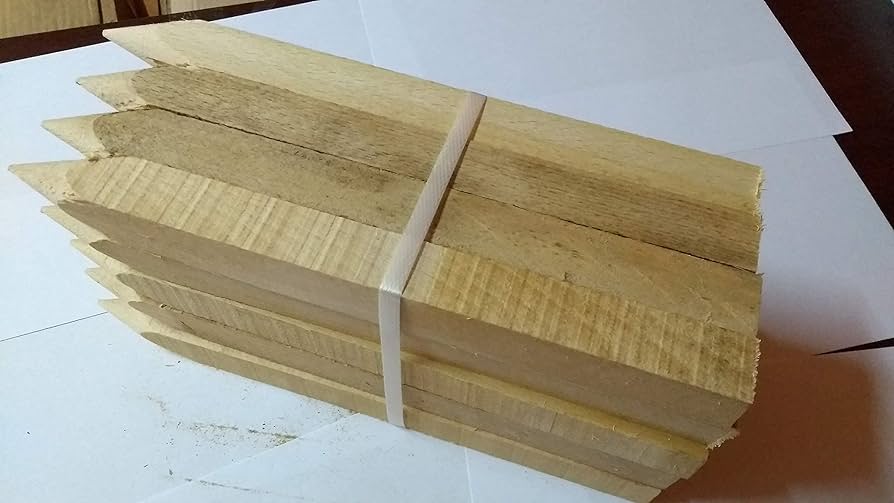
To measure your ground for leveling, you need wooden or plastic stakes, measuring tape, and a strong thread. Do arrange all the material required well in advance to avoid any troubles in the future.
Step 2: Identify the Site and Dig the Stakes
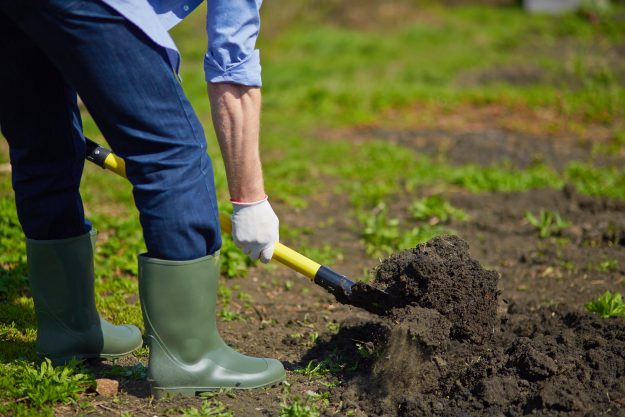
Dig stakes at specific intervals around the region after choosing the location where you need to check the leveling—tie string around those stakes at an equal distance from the bottom of the wooden stakes. Always clear the site properly before driving the stakes to get accurate readings. You should remove rocks, debris, or other unwanted things from the site. These unwanted substances can produce wrong readings.
Step 3: Measure the Distance Between the Ground and The String

Once you have tied the string, ensure that the string is rigid and straight. Also, check that it is not bending from any place. With the help of a suitable tape, measure the distance between the thread and the ground carefully. Repeat this step for all the strings.
Step 4: Make the Necessary Changes and Note the Readings
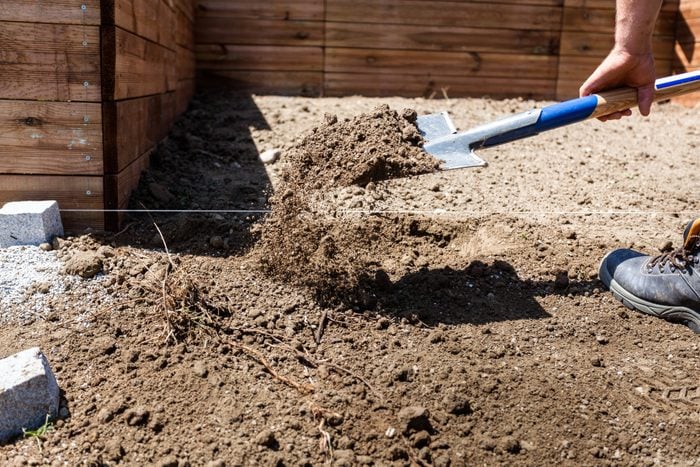
Take the readings for each string. In case you find some deflections in the readings, try to relevel the surface. For this, you can either add the soil or remove excess as per the requirements. Take the readings. Make sure that you repeat the steps until the readings are equal for all stakes. Once all the readings are equal, your surface is perfectly level to make a swimming pool.
By following the steps mentioned above, you can easily ensure whether your ground is level or not. However, if you are unsure whether your ground is level, you should consult a professional before installing a swimming pool. This will save you from any extra expenditures or losses once you have installed or constructed the swimming pool at the required site.
Precautions While Checking the Ground Level
To ensure that your hard work does not go in vain, you should not follow each step carefully. It is also important to take care of a few things before working. A few of them are mentioned below.
- Check for faulty equipment: In some cases, the readings are incorrect due to errors in equipment. Before you begin with your work, always check that you use error-free instruments.
- Check your readings carefully: Before you jot down the final readings, check the readings twice to ensure that you have not made any errors while noting the readings.
Site Considerations for The Pool
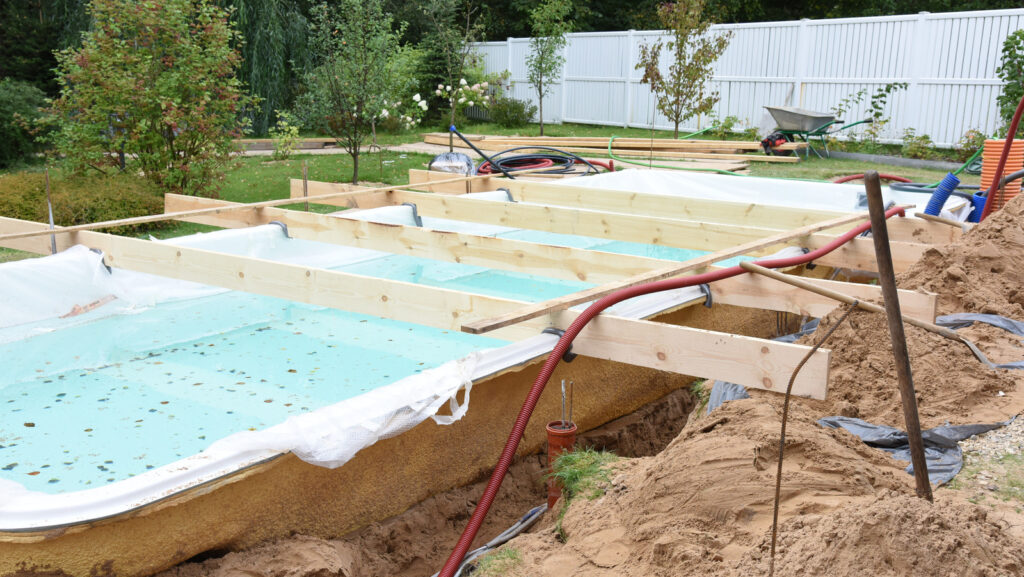
To successfully install the swimming pool and to avoid any problems in the future regarding the swimming pool, it is advised to consider the following points before selecting the site for your swimming pool:
- It should be situated at a distance of at least 10 meters from the house.
- To avoid any complications, always select the flattest area of your house to install or construct the swimming pool.
- Before installing the pool, always make sure that you are following the latest local laws and regulations.
- Do not construct the pool near electric poles, trees, or sewers. It can be dangerous and might cause accidents in the future.
Conclusion
Installing a cool and attractive pool isn’t everything you need for an extraordinary swimming experience. To maintain structural integrity, it is important to level the pool. This is not an optional step but a mandatory one. It is also important to maintain the aesthetic beauty of the pool.
So, do not skip this step for the best swimming experience. Make sure you take all the necessary precautions and take the readings carefully. Once your pool is installed, enjoy swimming with your family or host a memorable pool party that everyone will love.

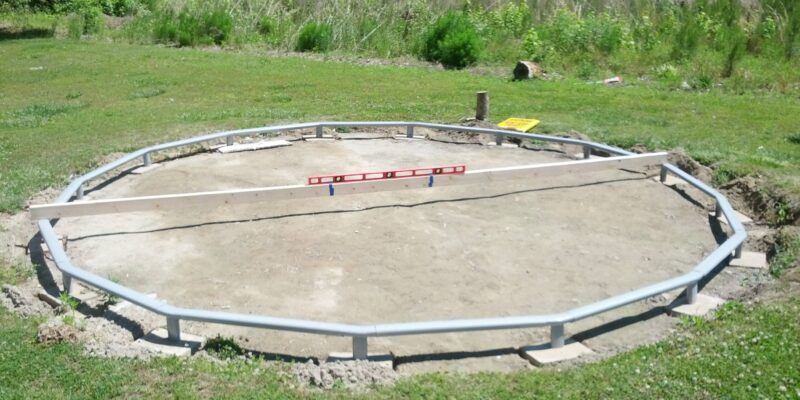
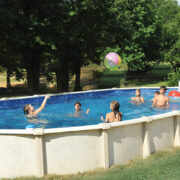
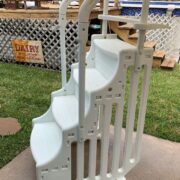

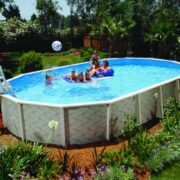
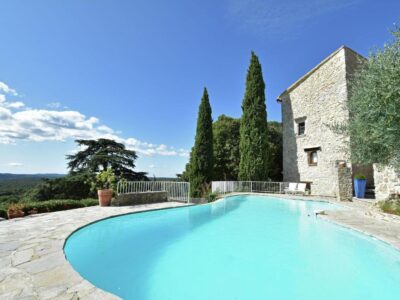

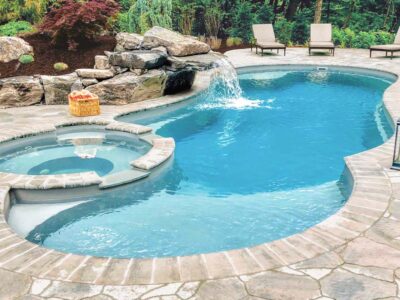

Comments